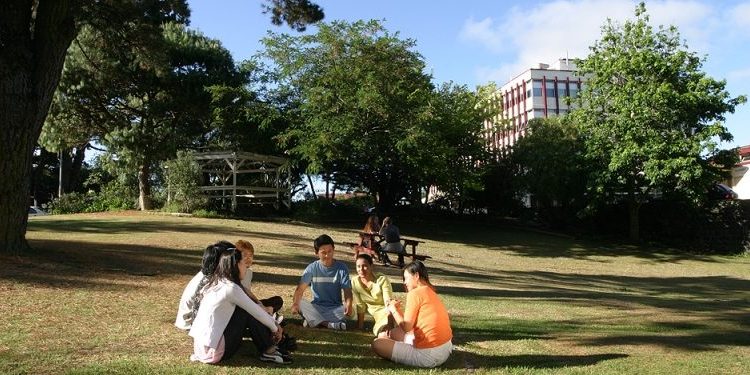Oceanía/Nueva Zelanda/Noviembre de 2016/Fuente: The PIE News
RESUMEN: El informe Impacto económico de la educación internacional: 2015/16, publicado en octubre, ha valorado la industria en $ 4.28bn, un aumento de $ 1.43bn, o poco más del 50%, desde la evaluación anterior realizada en 2014. El informe atribuyó el crecimiento del valor a un aumento de 25% en los estudiantes, junto con un aumento en el costo de los gastos de vida, así como una metodología mejorada y reconoció que algunos sectores pueden haber sido infravalorados en el informe anterior. While all sectors experienced some level of growth, private training establishments (PTEs) and schools lead, combining to contribute $856m, more than half of overall growth, compared to 12% from the universities sector.
The Economic Impact of International Education: 2015/16 report, released in October, has valued the industry at $4.28bn, an increase of $1.43bn, or just over 50%, since the previous valuation conducted in 2014.
The report attributed the value growth to a 25% increase in students coupled with an increase in living cost expenditure, as well as an improved methodology and acknowledged some sectors may have been undervalued in the earlier report.
While all sectors experienced some level of growth, private training establishments (PTEs) and schools lead, combining to contribute $856m, more than half of overall growth, compared to 12% from the universities sector.
Market diversification has assisted in the growth of numbers in the PTE sector. We are now seeing more students from emerging markets such as Latin America, Russia and other Commonwealth of Independent States countries coming for academic programmes,” said Rachel Honeycombe, marketing & student services manager of private provider Auckland Institute of Studies.
The new valuation also sees PTE’s market share approaching parity with universities, which Honeycombe said was a result of private institutions “aggressively marketing in many of [those] markets for brand awareness” in a bid to compete with universities.
Schools International Education Business Association of New Zealand (SIEBA) executive director John van der Zwan attributed the schools sector’s strong growth to the sector roadmaps developed in 2014 to guide the industry towards meeting the targets, including the $5bn economic contribution goal, set out in the 2011 Leadership Statement for International Education.
“Confidence in the school sector is high and schools are excited about the benefits of international education. We expect this to continue next year and for schools to look for new and exciting ways to attract students and provide quality international education,” he told The PIE News.
Chris Whelan, executive director of Universities New Zealand said the growth was evidence the “industry’s international marketing efforts are paying dividends.”
He added universities had experienced consistent and sustainable growth and there were more opportunities for the sector to grow further.
“The pathway rates from secondary school to the tertiary sector have been low in New Zealand compared to many of our competitor markets. We are working to change this,” he said, adding the recently introduced five-year pathway visa may encourage more students to remain within New Zealand and continue their studies.
The latest valuation places international education as the country’s fourth largest export.
“ENZ is putting more effort and resource into raising public awareness of the value of international students to our economy and society. We see this as an important, long-term commitment,” said ENZ chief executive Grant McPherson.
He pointed to the release of the economic impact report as a particular way to add to New Zealanders’ understanding and awareness of international education.
As the industry nears its $5bn target ahead of schedule, McPherson said the upcoming international education strategy would set new targets for desired outcomes.
He said it was expected the new outcomes would cover social, cultural and economic objectives and the current draft period would “determine what’s achievable and how to measure any non-economic objectives.”
The next economic impact report is expected to be an interim report in 2018, followed by a full report in 2020.
Fuente: http://thepienews.com/news/nz-ptes-schools-drive-value-growth-closer-2025-targets/







 Users Today : 33
Users Today : 33 Total Users : 35460164
Total Users : 35460164 Views Today : 50
Views Today : 50 Total views : 3418833
Total views : 3418833